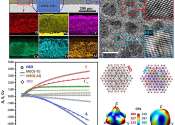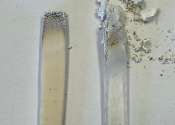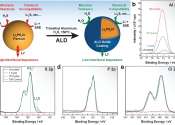New non-stick coating improves shaping processes in injection molding and die casting
A new UltraPLAS coating developed by Fraunhofer researchers has proven to be an innovative solution to the challenges of primary forming processes. This advanced release and easy-to-clean coating is applied as a gradient ...
Jul 16, 2024
0
4









